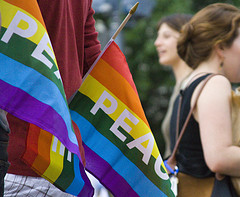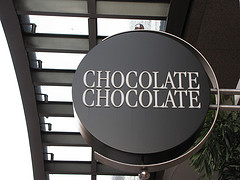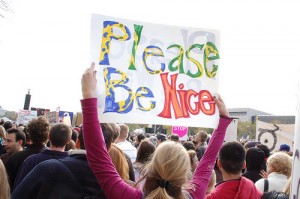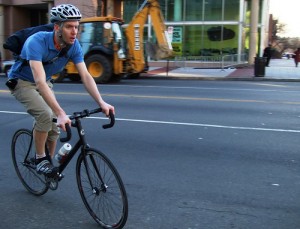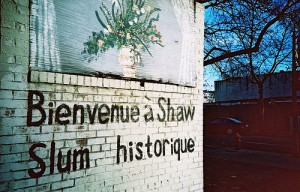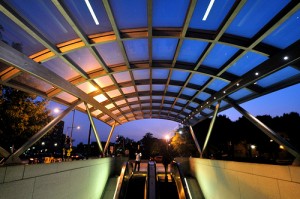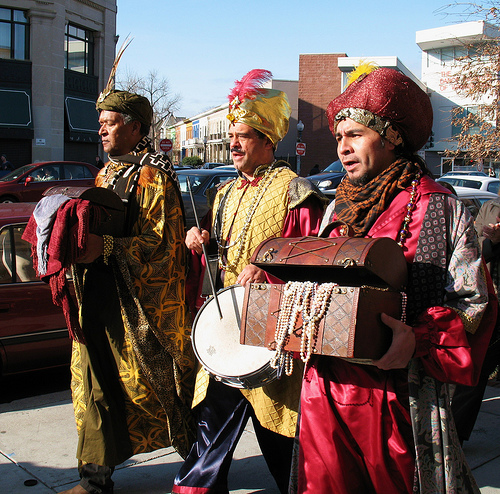I saw this video on YouTube yesterday, but didn’t want to link to it because of the profanity and a few other reasons…I’m grateful TBD has more information that I can point you to, instead. This whole story just makes me want to shake my head. No one helped. Everyone filmed. This city’s social fabric is fraying everywhere and in some spots, it is worn through:
On Sunday night, Allen Haywood was randomly and viciously attacked by two kids on the platform of the L’Enfant Plaza Metro station. Dozens of people witnessed it. Several people filmed it. Nobody helped.
Haywood was trying to transfer to the Yellow Line around 7:15 p.m. when the assault happened. He was headed home to Fort Totten after working out at Results on Capitol Hill, a gym bag slung over his shoulder and a book in his hands. As he read with his back to the station wall, “all of a sudden someone whacked me on the back of the head really hard,” he recalls…
Haywood looked to strangers for help, but all he saw were other kids with their cell phones out, recording the scene and laughing. Judging from his voice-over, the man shooting the YouTube video above doesn’t appear to be part of the group. The video showed up yesterday on Unsuck D.C. Metro, which posted an anonymous account of the attack Tuesday.
“I can understand people not wanting to get physically involved,” says Haywood, who’s 47 and works in a Friendship Heights flower shop. “But nobody pressed the emergency button or went to the booth,” as far as he knows.
One of those kids offered to sell him the video of his own beating. I used to think the scariest thing about Metro was the broken escalators (the extra long ones make me queasy); now I think it’s the terrifying lack of a response to crime, whether from the people paid to work there or the commuters who look the other way.




